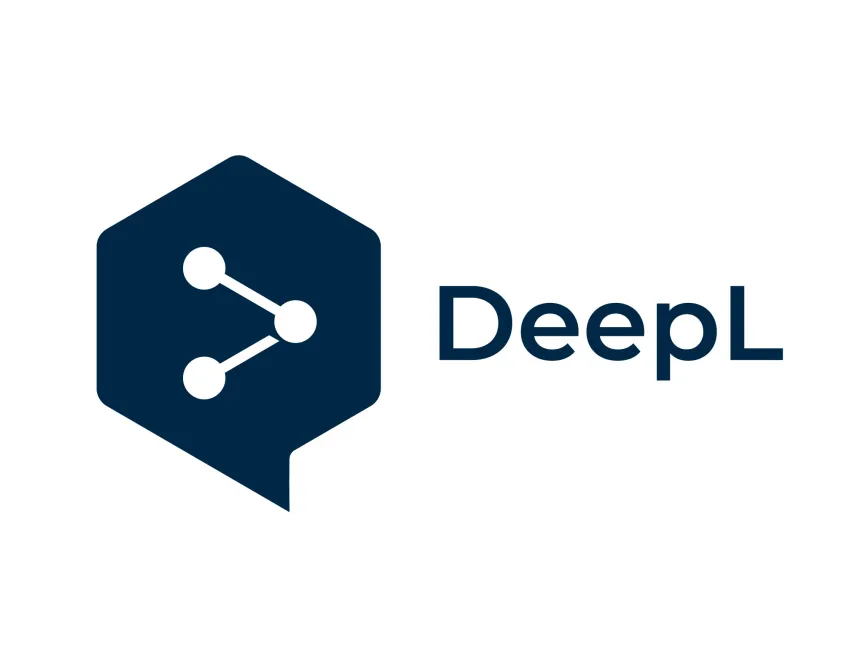About me
I am a very friendly person, enjoying music, sports (anything involving a ball), board games (currently very much into Dune Imperium board game) and other social activities. I like travelling and exploring. I am an avid learner, especially about topics I never studied before.Currently, I work as an AI research scientist at DeepL, focusing on improving our reinforcement learning efforts for aligning our LLMs closer to the customer's needs. Fun fact about the job is that I read many more papers nowadays than I had in the latter half of my PhD, hence the pace of learning is quite quick and the incorporation of the cutting-edge research into our codebase is done with utmost alacrity.
Before this, I was a postdoc at the Max Planck institute for astrophysics in Garching, Germany. Focus was on binding the developed code-base from the C++ environment into python (read JAX), in order to utilize the capabilities of numpyro library, and automation of chain convergence diagnostic also developed during my PhD.
I did my PhD at the Max Planck institute for astrophysics in Garching, Germany with Fabian Schmidt. Work was focused on the development of novel Bayesian forward modelling approaches for extracting useful cosmological information from the large-scale structure data, utilizing the effective field theory of structure formation. I am also a part of the Aquila consortium, and have contributed to several projects within the consortium. You can access my PhD thesis here.
My master thesis work was done at the same institute, however in the group of Torsten Ensslin, with additional mentoring from Reimar Leike. This was within the theoretical physics master program at the Ludwig Maximilians University in Munich. I focused on learning about the connections between differential geometry and learning algorithms, modelling causal relationships within bivariate datasets and quasi-periodic signal extraction using Gaussian processes with the NIFTy package. From this thesis, several publications arose as a result and several enhancements of the package itself. The thesis itself is available at these overleaf coordinates. The accompanying code can be found on my github repo.
I finished my Bachelor studies in Belgrade, Serbia at the Belgrade University, Faculty of mathematics. I focused on theoretical physics and astrophysics classes. Student's are not obliged to submit a bachelor thesis at the end, however I myself tried to do a small research project every summer. I listed all those projects below in the Unpublished projects section.
Publications
How much information can be extracted from galaxy clustering at the field level?
Nhat-Minh Nguyen, Fabian Schmidt, Beatriz Tucci, Martin Reinecke,
pdf
abstract
No evidence for p- or d-wave dark matter annihilation from local large-scale structure
, Deaglan J. Bartlett, Harry Desmond
pdf
abstract
Consistency tests of field level inference with the EFT likelihood
, Nhat-Minh Nguyen, Fabian Schmidt, Martin Reinecke
pdf
abstract
Constraints on dark matter annihilation and decay from the large-scale structure of the nearby universe
Deaglan Bartlett, , Harry Desmond, Jens Jasche, Guilhem Lavaux
pdf
abstract
blog post
Towards Moment-Constrained Causal Modeling
Matteo Guardini, Philipp Frank, , Torsten Ensslin
41st MaxEnt2022 |
International Conference on Bayesian and Maximum Entropy methods in Science and Engineering
abstract
Causal, Bayesian, & Non-parametric Modeling of the SARS-CoV-2 Viral Load Distribution vs. Patient's Age
Matteo Guardini, Philipp Frank, , Gordian Edenhofer, Jakob Roth, Berit Uhlmann, Torsten Ensslin
pdf
abstract
code
Optimal machine-driven acquisition of future cosmological data
, Jens Jasche, Doogesh Kodi Ramanah, Guilhem Lavaux
pdf
abstract
Galaxy image modelling using shapelets with sparse techniques
with Arun Kannawadi. The goal was to use insights from the algebra of quantum mechanics
operators and apply it to image processing of galaxies in order to determine their shape as acurately as possible. Determining the shapes comes especially handy for weak-lensing applications. Essentially, reducing down to Hermite polynomial
decomposition of images with a clever basis construction. This was a project within the LEAPS 2017
program at the Leiden University, Netherlands.
pdf
code
Hunting for Intermediate-Mass-Black-Holes (IMBH)
with Paolo Bianchini and
Glenn van de Ven.
Goal of the project was to use internal dynamics, in particular the velocity dispersion, of globular clusters for finding hints of IMBH presence within the cluster. Work was
done as part of a 2.5 month research internship at Max Planck institut for Astronomy in Heidelberg, 2016. Coding
was done mostly inside Python/C/C++.
pdf
Examining the Kuiper belt sculpting
with Pedro Lacerda and Sebastian Lorek. Aim was to investigate the consequences of the
Nice model towards the Kuiper belt structure. The work was done as a part of a month long research internship at
Max Planck institut for Solar system research in Göttingen, 2015. Coding
was done inside Fortran/C++ and bash. Some results can be found here.
Dynamics of Dust Particles Ejected from the Nuclei of C/2012 S1 (ISON) and C/2011 W3 (Lovejoy) Comets
with Mateja Bošković and Igor Smolić. This started as a high-school project
within Petnic Science Center and involved implementation of internal thermodynamics model of comet nuclei
as well as a small N-body integrator. Project was done almost exclusively within C with a flavour of MATLAB for visualising the results.
pdf
code







